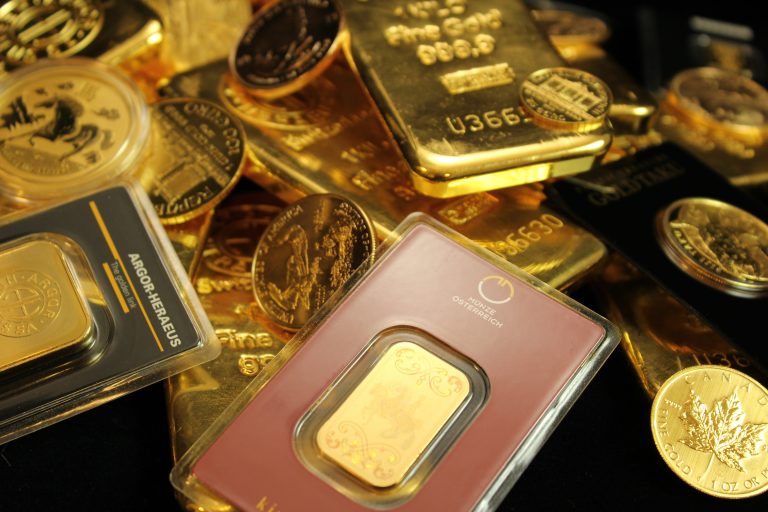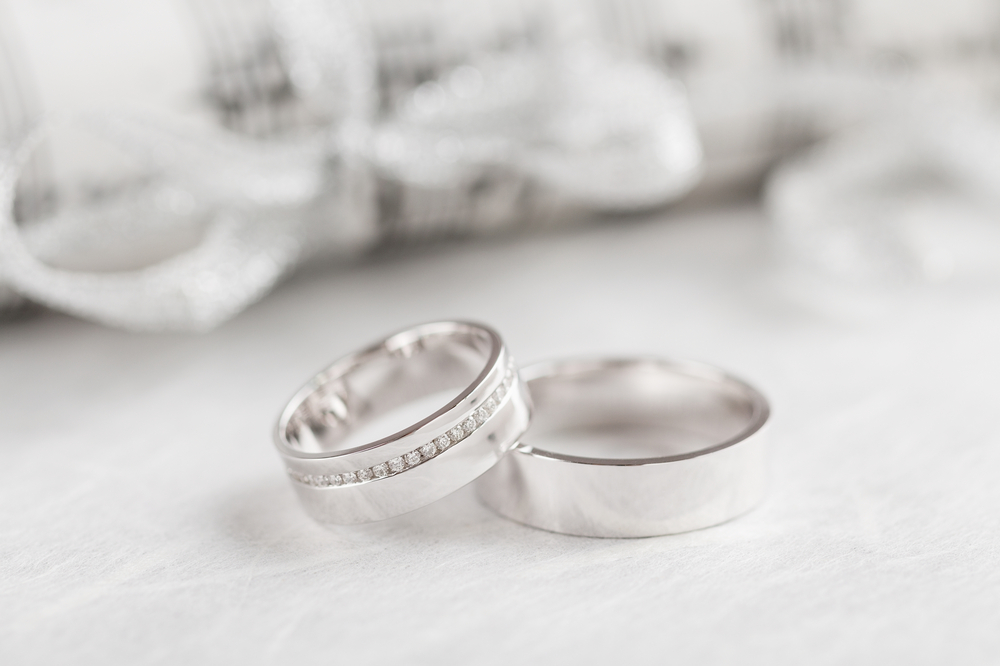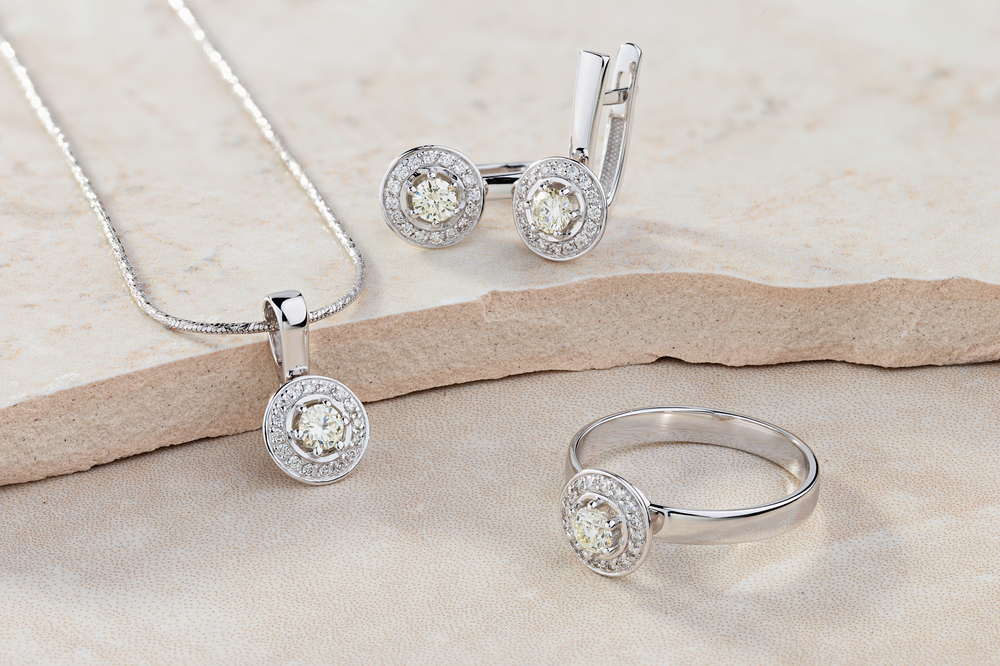With the uncertain economy, many families are looking to collect some extra money by selling their gold jewelry, coins, or bars. Because of increasing gold values, many new companies offering to buy gold jewelry have popped up in San Diego, and selling your gold has never been riskier. These buyers seem to pop up at every corner, making it difficult to know whom to trust.
However, with so many people eagerly looking to sell gold jewelry in San Diego, scammers began trying to take advantage of the unwary. This is why it is extremely important to do your research before selling your valuable to someone who might give you an unfair price.
You’ve probably seen “We Buy Gold” signs all around town. With the demand to sell gold so high, many such shops seem to have opened overnight. Some of them are completely legitimate gold buyers, but others might have a few stains on their resume.
Some of the less-reputable ones might even give you a quote that is up to 60% less than what you’d get from a legitimate gold dealer. Most of these shops work without a proper license and don’t follow the same legal procedures that other legitimate practices do. They will no doubt try to devalue your gold jewelry using all types of schemes.
For example, using scales for weighing that are not legally licensed by the Department of Weights and Measures can result in shorting the weight of your gold to reduce its value. That is why it’s important not to rush into selling your gold, no matter how anxious you are. Instead, take the time to research a gold buyer online and look for any red flags from customers who already got burned.

Selling Gold to Leo Hamel Jewelry & Gold Buyers
Your safest bet when selling gold is to turn to a reputable, local gold-buying business like Leo Hamel Jewelry & Gold Buyers. A legitimate gold buyer has both friendly and knowledgeable staff and all the right equipment to appraise your gold jewelry. A reputable dealer will offer you advice and will not rush you into selling valuables that may have an emotional value.
Leo Hamel’s is a family-owned business serving customers in San Diego since 1980. In these four decades, we have built a reputation for being a safe, secure, and confidential gold, jewelry, and watch buying business. You can sell your gold of any karat, even broken pieces, or single earrings. Or you can trade it for another treasure from our collection of fine jewelry! Feel free to contact us if you have any questions or visit us at a location near you.



